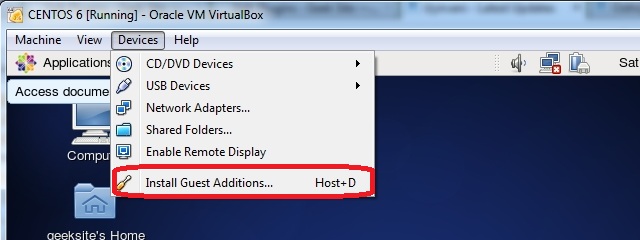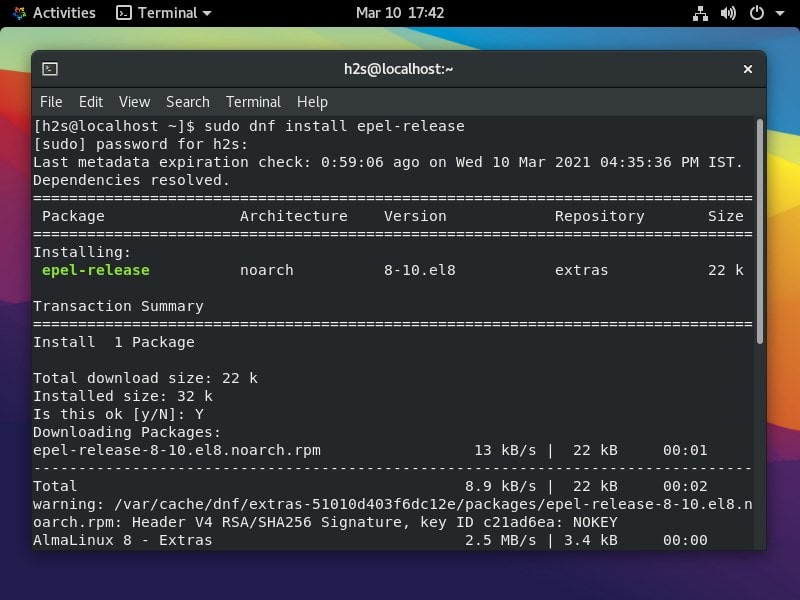

You can even restore a backup of your virtualized system if something in your test goes wrong. Additionally, even if your main operating system is Fedora or not, and you want to do some hack or test some software on a spare installation without harming your main system, having the option to start from zero again and again without losing your other works.

The virtualization approach allows you work on on your Fedora install without haveing to to reboot the system every time you need to use Fedora. Alternatively, you could use virtualization technology such as VirtualBox to run a Fedora install. One way that will have little impact on your current operating system is to create a live USB of Fedora, and boot directly into it. There are many ways to give Fedora a try if you are currently using another operating system. On the Virtual machine go to Devices and from the drop-down menu choose " Insert Guest Additions CD Image".This article has been checked and updated in January 2020 for correctness. Install the required packages for building modules: sudo apt install build-essential dkms linux-headers-$(uname -r)ģ. Login to Debian using the sudo user and Update your Debian guest operating system. First Start the Debian guest virtual machine in the VM VirtualBox Manager. Mainly two steps involved - attached ISO image to the Optical CD drive and then mount to the guest OS to install.ġ. This file comes along with VirtualBox and is supported for almost all guests. VirtualBox Guest Additions comes as an Image ISO file named VBoxGuestAdditions.iso. In this tutorial, we learn how to install VirtualBox Guest Additions on Debian 11 guests. It provides functionalities such as a shared clipboard, Drag & Drop, enables 3D acceleration support, and more. VirtualBox Guest Additions is a set of drivers and applications to improve the performance of the guest operating system on VirtualBox.


 0 kommentar(er)
0 kommentar(er)
